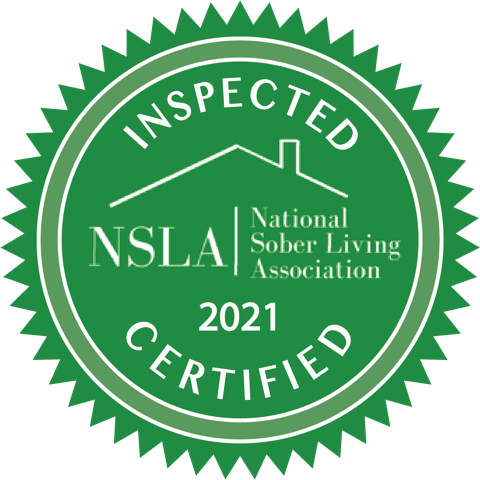A couple of years ago, it was unthinkable for an AA or other 12-Step meeting to be held any way besides in person. How could we predict that just a year later, we would be enjoying Zoom AA meetings?
The answer proved to be: you find ways when you have to. In January 2020, most Americans had heard of the coronavirus outbreak overseas. Two months later, everyone in the developed world was experiencing large-scale quarantines. Virtually everything besides medical services and grocery/food providers closed their brick-and-mortar offices: “working from home” became the rule.
Most AA members already had experienced “remote” connections through the tradition of calling a fellow member for support when the craving for “just one” drink began feeling irresistible. Now, connections—and meetings—became 100% remote as AA joined the rest of the world in using Zoom (and other video platforms) to stay active.
Zoom AA is Likely Here to Stay
Most AA leaders and social experts believe that remote meetings will remain ubiquitous even as in-person connections return to their former availability. Zoom AA has multiple advantages as an option:
- It makes “getting there” a simple matter for members who have limited transportation options or “can’t face going out again” when exhausted from a rough day.
- So long as power sources remain functional, inclement-weather problems don’t keep attendees away.
- People can join AA even if there are no convenient local groups. Consistent attendance—more effective than sporadic attendance for maintaining sobriety—is feasible for nearly anyone.
- Attendees get additional insight into their fellow members through glimpses of everyday environments: the atmosphere feels more natural and relaxed than a large public room.
Overcoming The Downsides
There is, of course, one thing that in-person meetings have and remote technology isn’t anywhere close to duplicating: opportunities for physical contact. While some people (especially if they have autism issues, which can co-occur with addiction) genuinely prefer social distancing with or without contagion concerns, many others need a higher level of connection to feel appreciated and understood.
We can address any potential downsides of Zoom AA meetings by:
- Reading up on how Zoom works for quick remediation of any technical difficulties.
- Paying special attention to others’ facial expressions and body language.
- Finding accountability in multiple ways, not just in Zoom AA meetings.
- Maintaining privacy through taking Zoom calls in a quiet, separate part of the home.
- Connecting with others in person (and at a proper social distance).
Since Zoom AA and other virtual meetings are still new technology, future developments will doubtless include new ways to reap the best of both worlds, including “hybrid” meetings (in-person gatherings with additional members watching and participating remotely) and alternating virtual and onsite. Plus technical options yet to be discovered.
In the end, how one attends AA meetings matters less than the resolve to stay involved and sober. Part of the purpose of connecting is to build individual resilience—and help others build it—for coping in any situation.
Zoom AA Makes Involvement Easier Than Ever Before
For help in long-term healing from addiction, nothing beats accountability and understanding from trustworthy friends. Still Waters offers affordable long-term residential coaching, with an emphasis on fellowship, for clients who are detoxed but require more guidance to change their lives. Contact us to learn more about our program.
*Trivia note: “Zoom” is technically one specific mode of video communication. As with many brands dominant in their fields, the name has become synonymous with the generic.





